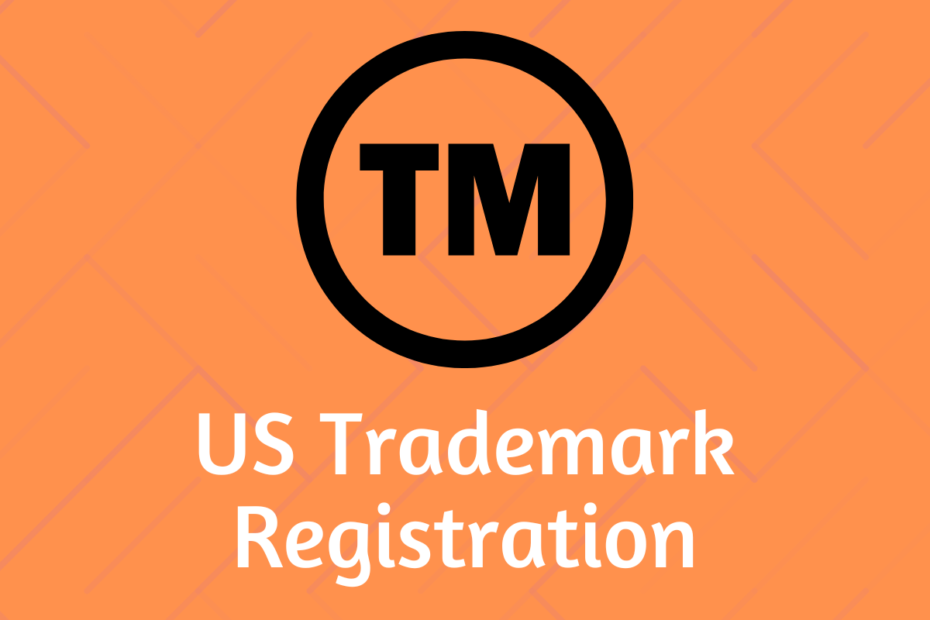Securing a U.S. trademark is crucial for safeguarding your brand’s intellectual property, providing legal protection, and preventing unauthorized use by others. In this guide, we outline everything you need to know about applying for a U.S. trademark, from the basics to the intricacies of the process, ensuring your brand’s identity and reputation remain secure.
Why Register a U.S. Trademark?
Registering a U.S. trademark grants exclusive rights to your brand name, logo, or slogan within the United States, protecting you from infringement and adding value to your business. It helps maintain your competitive edge and allows for legal recourse in cases of unauthorized usage.
Benefits of a U.S. Trademark
- Exclusive Use: Protect your unique brand elements, preventing competitors from using similar names or logos.
- Legal Protection: File lawsuits against unauthorized use, and gain credibility with courts.
- Value Enhancement: Strengthen your brand’s identity and increase its value, appealing to potential investors and customers.
Understanding the Trademark Application Process
The U.S. Patent and Trademark Office (USPTO) manages trademark applications, which typically take several months for approval. The process involves filing an application, paying fees, and potentially dealing with objections or rejections. Here’s a detailed look at the steps involved.
Step 1: Conduct a Trademark Search
A comprehensive trademark search identifies potential conflicts with existing trademarks, helping you avoid infringement and application rejections.
- USPTO’s Trademark Database: Use the Trademark Electronic Search System (TESS) to find registered trademarks.
- Professional Search Services: Consider hiring a professional search firm for a thorough examination.
Step 2: Prepare Your Application
An effective application includes:
- Trademark Identification: Describe the exact wording, design, or symbol to be trademarked.
- Classification of Goods/Services: The USPTO requires trademark applicants to specify the type of goods or services associated with the mark.
Step 3: File with the USPTO
Using the Trademark Electronic Application System (TEAS), you’ll submit your application with required details and pay the applicable fees.
Step 4: Respond to Office Actions
If the USPTO raises any issues with your application, you’ll receive an Office Action explaining the reasons. You’ll have six months to address these concerns, whether it’s providing additional information, altering the application, or clarifying specific points.
Step 5: Publication and Opposition
Once accepted, the trademark is published in the Official Gazette for opposition, allowing anyone to challenge your application. If no objections arise within 30 days, your application moves closer to final approval.
Step 6: Registration and Maintenance
After approval, you’ll receive a certificate of registration. Keep in mind, however, that U.S. trademarks require maintenance:
- Renewal: Submit declarations of use every five years and renew every ten years to keep your trademark active.
Trademark Application Types and Fees
Understanding the types of applications available can help determine the best option for your brand.
- TEAS Plus: Lower fees, but with strict requirements and higher standards.
- TEAS Standard: Higher fees with more flexibility in meeting requirements.
- Intent-to-Use Applications: If your trademark is not yet in use but you plan to launch soon, this allows you to secure protection before full implementation.
Trademark Renewal and Maintenance Requirements
To keep a trademark active, you’ll need to file maintenance documents and fees periodically. Failure to meet these requirements can result in cancellation. Here’s a breakdown of the key requirements:
- Section 8 Declaration: Filed between the fifth and sixth years of registration.
- Section 15 Declaration (Incontestability): Optional but highly recommended after five years of continuous use to solidify rights.
- Renewal (Sections 8 & 9): Required every ten years for the trademark’s lifetime.
Common Mistakes in Trademark Applications and How to Avoid Them
- Insufficient Trademark Search: Incomplete searches can lead to application rejections or legal challenges.
- Incorrect Classification: Misclassifying goods or services results in wasted time and potential re-filing.
- Failure to Respond to Office Actions: Missing the six-month deadline for responses often leads to abandonment.
Using a Trademark Attorney for Application Success
While it is possible to apply independently, consulting a trademark attorney can improve your application’s chances by ensuring it meets USPTO standards. Attorneys help prevent mistakes, offer guidance on unique cases, and manage complex office actions, streamlining the process.
Conclusion
Securing a U.S. trademark is essential to protect your brand from infringement, add value, and establish a robust identity. By following these guidelines and potentially consulting a professional, you can safeguard your brand’s future, giving it a distinct and legally protected place in the marketplace.
